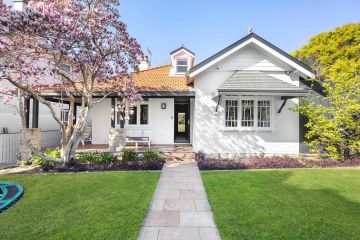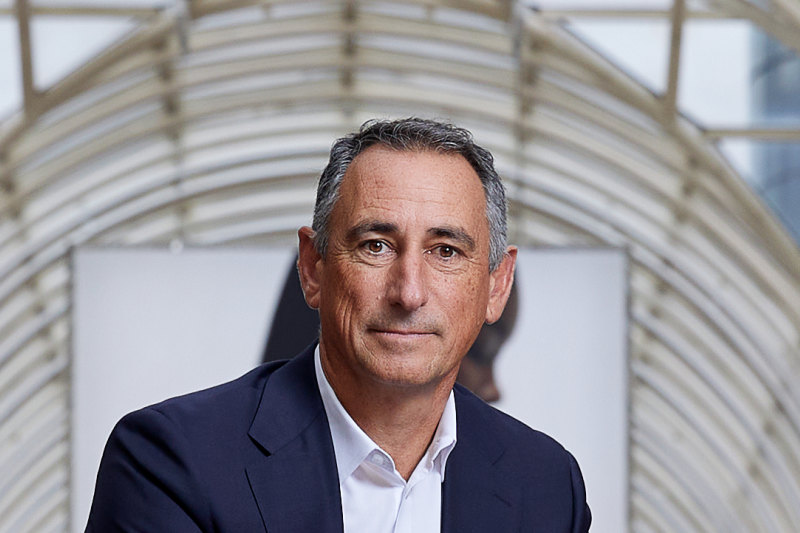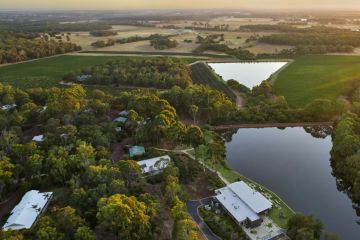The tightest property markets in Australia right now have 0 new homes for sale
We all know Australia is facing a historic housing shortage, but there are some areas where the market is so tight that absolutely nothing has come up for sale in the past year. And it’s often surprising just where the most supply-stricken areas are.
If you were after an apartment in South Australia’s Barossa, Yorke or Mid North, for instance, you’re out of luck. Data from Domain shows there hasn’t been a unit listed there in the past 12 months.
Or how about a cheap house away from it all in the West Australian southern outback? Tricky. It’s the tightest house market in Australia, with over 90 per cent fewer houses listed for sale this year than there were in 2022.
“Those historical lows in the numbers of listings are something of a perfect storm, and it’s being felt all over Australia,” said Real Estate Institute of Australia national president Hayden Groves.
“While it’s causing a lot of pain for buyers, and people think it’s good for sellers, it’s hard for them both.
“Part of the reason we have such a blockage in supply is that sellers are reluctant to put their properties on the market as they can’t be sure they’ll find anything that’ll suit their needs to move into.
“I’m just scratching my head at the moment about why more people aren’t selling because they’d do okay on price.”
“In the past, they’d just rent for six to 12 months while they looked, but now, with the crisis in the rental market, that’s not really an option, either.”
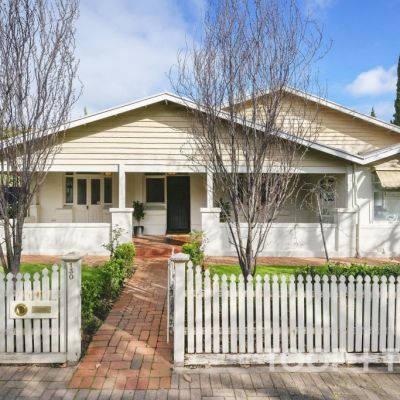 Property prices are rising again. Are we at the bottom of the market of the beginning of another boom?
Property prices are rising again. Are we at the bottom of the market of the beginning of another boom?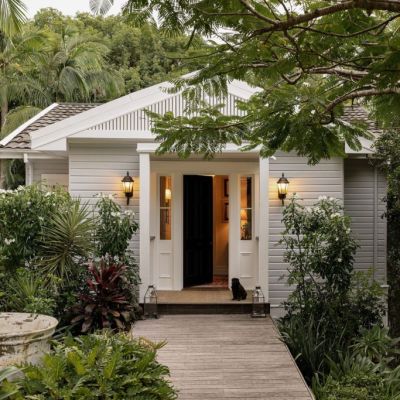 This is the capital city where house prices have risen the most in two years, and it’s not Sydney or Melbourne
This is the capital city where house prices have risen the most in two years, and it’s not Sydney or Melbourne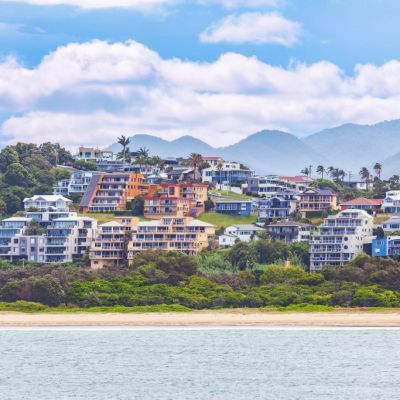 Coffs Harbour: Australia’s top-performing property market so far in 2023
Coffs Harbour: Australia’s top-performing property market so far in 2023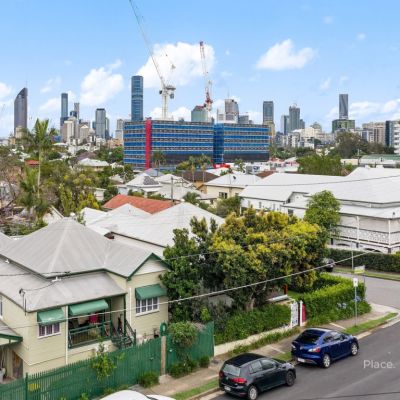 The top three capital cities where property prices are already recovering – and where to buy before prices rise again
The top three capital cities where property prices are already recovering – and where to buy before prices rise again
In many cities, the situation is just as dire for buyers, and those sellers looking to buy before they list.
For apartment-lovers, Victoria’s Geelong has over 95 per cent fewer units for sale this year than last, in Brisbane’s west, apartment stock is over 94 per cent down on the previous 12 months, and in Brisbane South, it’s over 92 per cent.
Those desperately seeking something more like a house in certain areas are unlikely to be any luckier.
Brisbane South again has little on offer, with its 51 new listings in the past month over 88 per cent down on the year, and 83 per cent down on the previous month, while the south-east of Perth is a similar wasteland with only 108 listings, down by exactly the same percentages.
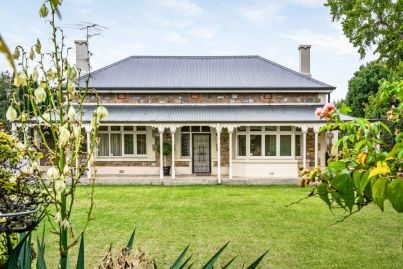

Then Brisbane East has the same kind of shortage, with only 58 new listings, down 87 per cent on the previous year.
Brisbane agent Jacky Chu of Place Sunnybank says that’s having a huge effect on the market.
Recently, he was selling a four-bedroom house at 13 Frost Street, Mount Gravatt East, which saw 160 groups of buyers – almost 300 people – through during the four-week campaign.
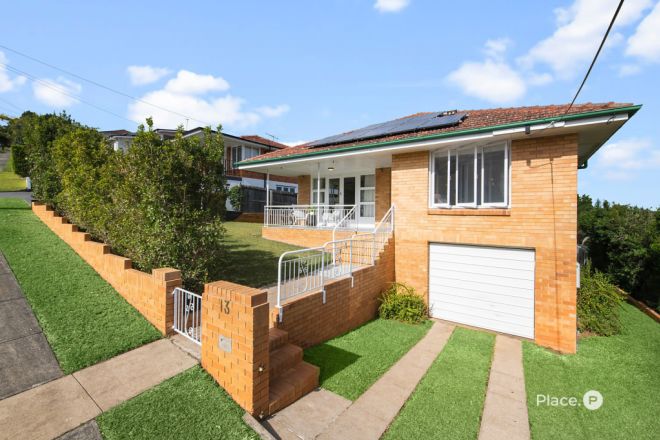
“Then over 100 people turned up at the auction,” he said of the house, that ended up selling for $1.2 million.
“We’re seeing listing volumes down significantly throughout all our suburbs.
“We’re seeing such strong demand for good homes, even despite the interest rate rises. There’s a lot of pent-up demand.”
Other cities aren’t exempt from the crisis either. Darwin only had 24 new listings for houses in the past month, down 81 per cent on the previous month, and 87 per cent on the year.
Meanwhile, Sydney’s tightest unit stock area was in Blacktown, where there were only 12 units for sale – 87 per cent fewer than last year – with the eastern suburbs in second place, with only 33 new listings, down 86 per cent annually.
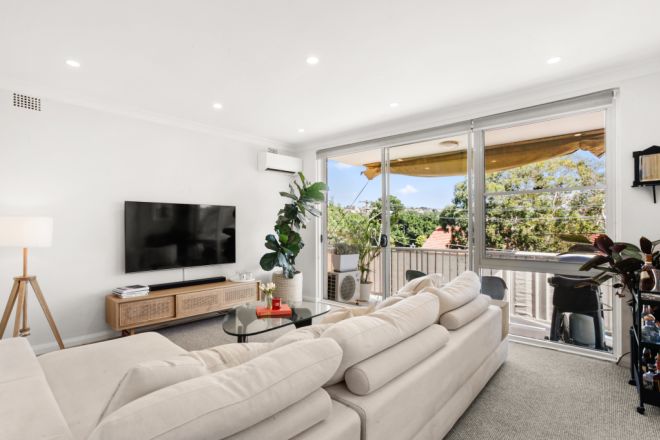
For houses, the trickiest area around Sydney is the outer west and Blue Mountains where there were only 53 new listings, 86 per cent down on the year before.
In the eastern suburbs of Sydney, Anthony Birdsall, director of Laing Real Estate, says there is an acute shortage of apartments for sale.
“Considering the rise in interest rates, there’s a huge appetite to buy but not enough supply to satisfy demand,” he said. “That’s keeping prices buoyant and increasing.

“It doesn’t feel like it’s going to ease any time soon, either. Rents are still going up, so investors aren’t under any pressure to sell and owner-occupiers are holding back perhaps because they’re waiting for prices to rise, or worry they won’t find properties to upgrade, or downsize, into.”
Adelaide South is also facing a critical shortage of units, with only eight new listings, down 86 per cent on the previous year, while Hobart has few houses for sale – just 44 – which is 87 per cent down on the month earlier.
The popular Sunshine Coast is also hard to squeeze into nowadays with both unit and house listings down 86 per cent on the year – the same percentage as the Gold Coast.
Meanwhile, Melbourne is doing it tough pretty much all over. In its south-east, it had only 167 new house listings, down 85 per cent on the year, and its outer-east had 91, down 84 per cent.
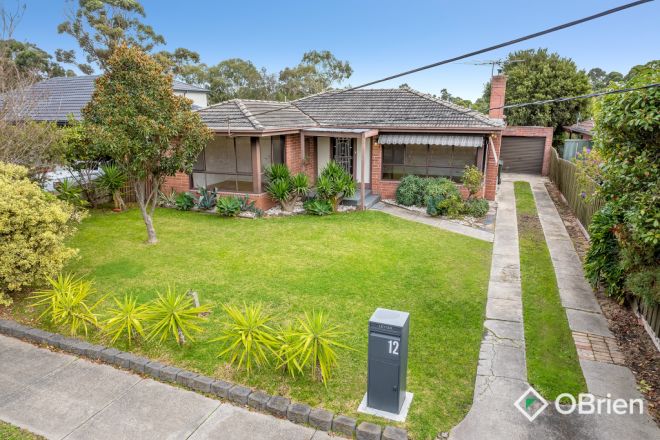
The inner east had only 30 unit listings, nearly 85 per cent down on the year, and the north-west was 84 per cent down.
In Frankston in the south-east, OBrien Real Estate agent Mark Burke is finding he can’t get enough listings.
“We have a big shortage of stock and that’s fuelling prices,” he said. “For every auction we’re getting at least two to four bidders for each property.
“I’m just scratching my head at the moment about why more people aren’t selling because they’d do okay on price.”
Yet, sadly, there seems to be little hope of much improvement in the situation in the short term, Hayden Groves believes.
“With the stock at historically low levels, it’s even harder with the population now growing and more people coming into the country who’ll all need somewhere to live,” he said.
“We just can’t get supply into the market quickly enough because of the costs of construction. Everyone is having a tough time, and the government is struggling to find policy settings that will help.”
We thought you might like
States
Capital Cities
Capital Cities - Rentals
Popular Areas
Allhomes
More

